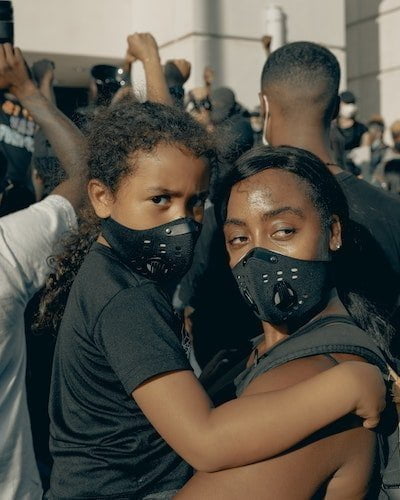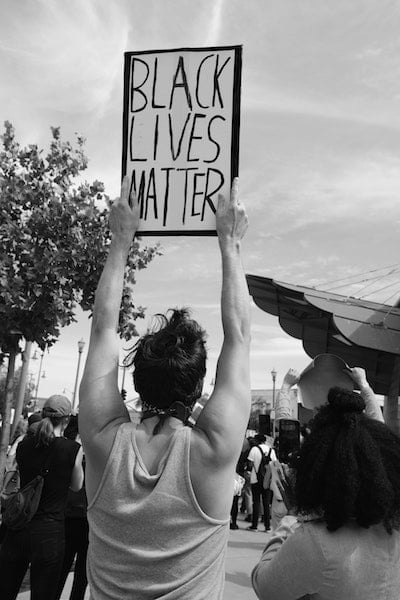Policy & Advocacy Work
GFG’s Advocacy Efforts focus on presenting data and initiatives that examine federal acts and international conventions or treaties ensuring adequate protections for children, girls of color, and birthing persons. Advocacy creates a space for collaboration with the purpose of advancing a cause or movement. We hope to create a running policy database that is a global resource. Our work both focuses on the United States’ domestic efforts as well as policy and advocacy being done internationally.
Some of the global work GFG does to support girls includes, but is not limited to: policy reformation, digital movement building, digital advocacy & organizing, training for organizations, youth-on-youth activism, and community organizing, planning, & development. In addition, we focus a large portion of our efforts on policy change, ratification, creation of amendments centering girls, birthing persons and gender-fluid youth of color around our key issues.
Highlighted below are current policy and digital advocacy efforts.

CRC
The United Nations Convention on the Rights of the Child (commonly abbreviated as the CRC or UNCRC) is an international human rights treaty that sets out children’s civil, political, economic, social, health, and cultural rights. The bill defines a child as any human being under the age of eighteen unless the age of maturity is attained earlier under national legislation.
This treaty is legally binding for all signees who have ratified it. All other signees are obliged not to act contrary to its purpose. The UN Committee on the Rights of the Child, composed of eighteen independent experts, is responsible for supervising the bill’s implementation. A country’s government must periodically report to and appear before the committee to examine their progress on implementing the convention and the current status of youth rights in their country. All official reports and opinions are public on the committee’s website.
GFG policy work supports the CRC and advocates for the United States to ratify the convention, as we are the only nation yet to do so.

CEDAW
The Convention on the Elimination of all Forms of Discrimination Against Women (CEDAW) is an international treaty adopted in 1979 by the United Nations General Assembly. This international bill of rights for women was instituted on September 3, 1981, and has since been ratified by 189 countries. Over fifty of these countries have placed conditions on their ratification, including thirty-eight of which that reject the enforcement of Article 29–addressing settlement for disputes concerning the interpretation or application of the bill. While the United States has signed the treaty, it has not ratified it. The only nations that have failed to sign CEDAW are The Holy See, Iran, Somalia, Sudan, and Tonga.
GFG policy work supports CEDAW and advocates for the United States to ratify it.

VAWA
The Violence Against Women Act of 1994 (VAWA) was a United States federal law (Title IV of the Violent Crime Control and Law Enforcement Act, HR 3355) signed by President Bill Clinton on September 13, 1994. The act provided $1.6 billion for investigating and prosecuting violent crimes against women, imposing automatic and mandatory restitution on those convicted, and allowing civil redress when prosecutors chose not to prosecute cases. The act also established the Office on Violence Against Women within the Department of Justice. On March 17, 2021, the Violence Against Women Reauthorization Act of 2021 passed the US House of Representatives.
GFG policy work supports the explicit inclusion of children under VAWA.

Birth Justice
Several statewide, federal, and international policies impact birth justice. While many do not use this terminology, they address maternal care, federal and state programs for birthing persons and children, and community models supporting doulas and midwives. In addition, many are focused on reducing racial disparities for gender-diverse people, women, and children of color in the maternal health field.
GFG is compiling a comprehensive list of policies at the federal and gubernatorial levels in the US, including progress updates, intended impact, and advocacy methods. We will also highlight successful policies and programs around the world.
